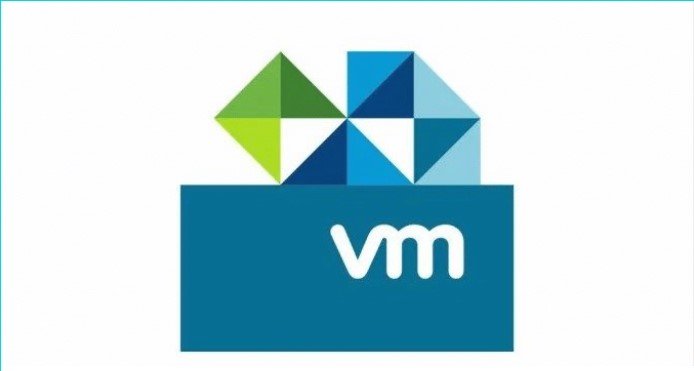When managing network infrastructure, having easy access to detailed segment information is crucial for monitoring, troubleshooting, and auditing purposes. VMware NSX-T provides a wealth of data about logical segments (also known as logical switches) that are essential for virtual networking. If you’re looking for a quick and efficient way to collect specific segment data, such as display_name and uplink_teaming_policy_name, then PowerCLI combined with the NSX-T REST API can be a great solution.
In this blog post, we will walk through the steps of automating the collection of segment information from NSX-T using PowerCLI. The script we’ll provide will gather the segment’s display_name and uplink_teaming_policy_name and export the data to a CSV file.
Prerequisites
Before we dive into the script, there are a few things you need to have in place:
- PowerShell Environment: Make sure that you have PowerShell installed on your machine.
- NSX-T Manager: Ensure that you have access to the NSX-T Manager and valid credentials.
- API Access: You need the ability to make REST API calls to NSX-T. This script uses basic authentication for simplicity, but you should consider using more secure authentication methods if applicable.
Step-by-Step Script Breakdown
The script uses PowerCLI to connect to NSX-T Manager and pulls the required segment information. Here’s how it works:
Connecting to NSX-T Manager
We begin by establishing a connection to the NSX-T Manager using basic authentication. Replace the placeholders with your actual NSX-T Manager IP and credentials.
Defining the API Endpoint
NSX-T exposes its logical switches (segments) data via a REST API. The script targets the /api/v1/logical-switches endpoint to retrieve the segment details.
Setting Up the Authentication Header
Next, we set up the authorization header to authenticate with the NSX-T Manager. This script uses basic authentication (username and password), but you can enhance it by using more secure methods, such as token-based authentication.
Fetching the Segment Data
The Invoke-RestMethod cmdlet is used to make the GET request to NSX-T Manager and fetch the segment data. We then parse the results into a PowerShell object for easy manipulation.
Processing the Data
We loop through the list of segments ($response.results) and extract the desired fields: display_name and uplink_teaming_policy_name. For each segment, we create a new PowerShell object to hold the data.
Exporting the Data to CSV
Finally, we export the collected segment data to a CSV file for easy analysis. This step saves the results as a file on your local machine.
Full Script
Here is the complete script for gathering and exporting segment data from NSX-T:
# Connect to NSX-T Manager
$nsxtManager = "https://your-nsxt-manager-ip"
$nsxtUsername = "your-username"
$nsxtPassword = "your-password"
# Define the API endpoint for segments
$segmentsEndpoint = "/api/v1/logical-switches"
# Create the session headers
$headers = @{
"Authorization" = "Basic " + [Convert]::ToBase64String([Text.Encoding]::ASCII.GetBytes("$nsxtUsername:$nsxtPassword"))
}
# Fetch the segment data
$response = Invoke-RestMethod -Uri "$nsxtManager$segmentsEndpoint" -Method Get -Headers $headers -SkipCertificateCheck
# Initialize an array to store the segment information
$segmentInfo = @()
# Loop through each segment and extract the desired fields
foreach ($segment in $response.results) {
$segmentDetails = New-Object PSObject -property @{
"display_name" = $segment.display_name
"uplink_teaming_policy_name" = $segment.uplink_teaming_policy_name
}
$segmentInfo += $segmentDetails
}
# Export the data to a CSV file
$segmentInfo | Export-Csv -Path "C:\path\to\output\segments_info.csv" -NoTypeInformation
Expected Output
The script will generate a CSV file containing the display_name and uplink_teaming_policy_name for each segment. The output might look like this:
display_name,uplink_teaming_policy_name
segment-vlan1308,Uplink_1.Uplink_2
segment-vlan1310,Uplink_2.Uplink_3
With this simple PowerCLI script, you can automate the process of gathering segment information from NSX-T and save it in a convenient CSV format. This can be especially useful for documentation, reporting, or just keeping an up-to-date inventory of your segments and their configurations.
You can expand this script to pull additional fields from the NSX-T REST API or to perform more advanced data processing as needed. Just remember to tailor the authentication and API endpoints to your specific environment and security practices.
